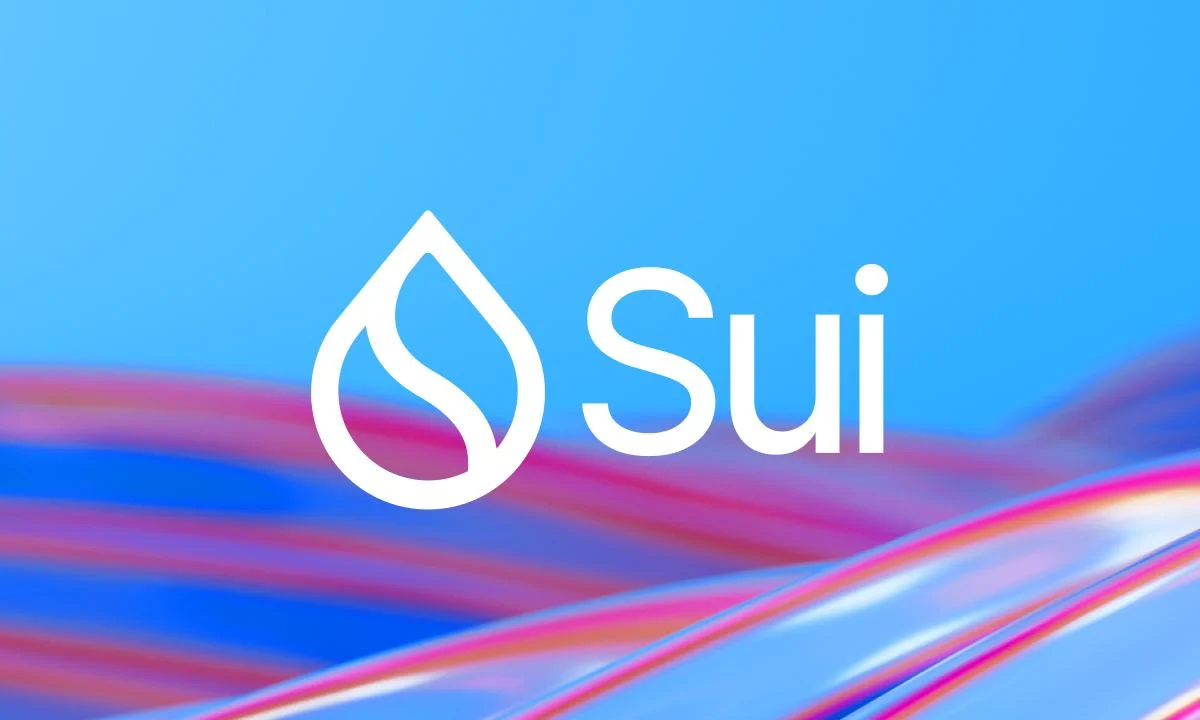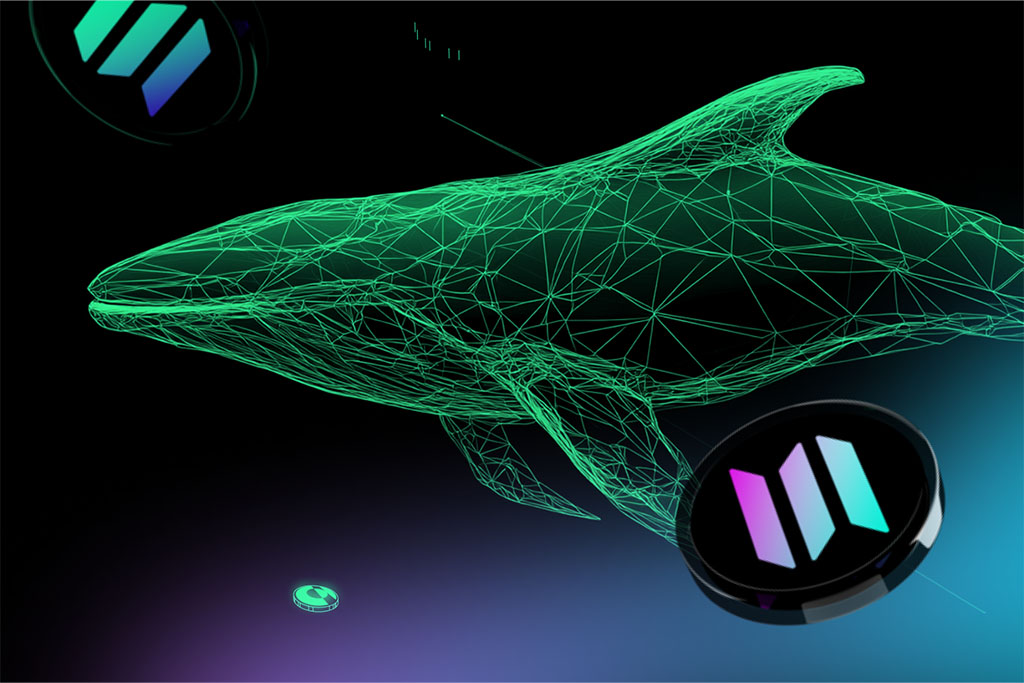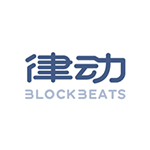DePIN 探索者 - DePIN Scan
趨勢 🔥
DePIN 市值
$27,927,169,073
-0.6%
交易量
$11,276,084,035
-1.4%
DePIN項目
296
DePIN設備
19,074,201
+0.1%
DePIN 項目
DePIN Scan是DePIN加密項目的探索器。有296個DePIN項目,總共的DePIN市值為$27,927,169,073,並且擁有19,074,201台DePIN設備。點擊下方的項目以了解如何從今天開始賺取被動收入。
項目 | 代幣 | 類別 | 社交跟隨者 | 市值 | 代幣價格 | 24 小時交易量 | 1 天 | 7 天 | 30 天 | 設備總數 | 最近 7 天 |
|---|---|---|---|---|---|---|---|---|---|---|---|
 | SOL | Chain | 2,857,235 | $120,883,280,379 | $254.66 | $9,966,254,134 | -0.4% | +20.5% | +49.0% | - | |
 | RNDR | ServerAI | 205,471 | $3,741,439,821 | $7.23 | $340,111,592 | -2.3% | +9.1% | +46.1% | - | |
 | FIL | Server | 664,476 | $2,847,928,739 | $4.74 | $486,512,973 | +5.1% | +13.6% | +30.8% | 3,539 | |
 | THETA | ServerAI | 270,337 | $1,675,030,066 | $1.68 | $71,684,103 | -1.8% | +24.3% | +36.4% | 5,885 | |
 | AKT | ServerAI | 119,054 | $917,166,002 | $3.71 | $28,930,672 | -1.6% | +18.5% | +53.5% | 472 | |
 | HNT | Wireless | 213,792 | $911,965,355 | $5.29 | $20,073,791 | -6.6% | -8.8% | -23.5% | - | |
.jpg) | GRASS | ComputeAI | 514,215 | $504,085,993 | $2.08 | $212,555,702 | -14.2% | -23.6% | - | - | |
 | IOTX | Chain | 300,755 | $389,574,335 | $0.04127 | $24,517,970 | -2.0% | +7.9% | +7.0% | - | |
.jpg) | IO | ComputeAI | 506,482 | $290,798,488 | $2.42 | $175,060,945 | +10.6% | +18.5% | +38.2% | - | |
.jpg) | NOS | ComputeAI | 59,263 | $266,524,857 | $3.2 | $3,630,862 | -11.4% | -1.3% | +50.0% | - | |
 | ATH | Compute | 844,097 | $233,401,306 | $0.05754 | $54,476,600 | -3.8% | -4.7% | +16.6% | - | |
 | HONEY | SensorAI | 48,864 | $186,219,072 | $0.06349 | $1,044,088 | +1.1% | -9.7% | +21.8% | 8,037 |

20 小時前
Enhancing Context Recall in Retrieval-Augmented GenerationRetrieval-augmented generation (RAG) has emerged as a pivotal method for integrating large language models (LLMs) into specialized business applications, enabling the infusion of proprietary data into model responses. Despite its effectiveness during the proof of concept (POC) phase, developers often face significant accuracy drops when transitioning RAG into production. This issue is particularly pronounced during the retrieval phase, where the aim is to accurately fetch the most relevant context for a given query, a metric known as context recall. This article delves into strategies for enhancing context recall by customizing and fine-tuning embedding models, ultimately improving RAG's performance in real-world applications.
RAG operates in two main steps: retrieval and generation. In the retrieval phase, the model converts text into vectors, indexes, retrieves, and re-ranks these vectors to identify the top matches. However, failures in this phase can lead to missed relevant contexts, resulting in lower context recall and less accurate generation outputs. One effective solution is to adapt the embedding model, which is designed to understand relationships between text data, to produce embeddings that are specific to the dataset being used. This fine-tuning allows the model to generate similar vectors for similar sentences, enhancing its ability to retrieve context that is highly relevant to the query.
To improve context recall, it is essential to prepare a tailored dataset that reflects the types of queries the model will encounter. This involves extracting a diverse range of questions from the knowledge base, paraphrasing them for variability, and organizing them by relevance. Additionally, constructing an evaluation dataset helps assess the model's performance in a realistic setting. By employing an Information Retrieval Evaluator, developers can measure metrics like Recall@k and Precision@k to gauge retrieval accuracy. Ultimately, fine-tuning the embedding model can lead to substantial improvements in context recall, ensuring that RAG remains accurate and reliable in production environments.

20 小時前
Sui Foundation Partners with Franklin Templeton to Enhance Blockchain InnovationOn November 22, 2024, the Sui Foundation announced a strategic partnership with Franklin Templeton Digital Assets, aimed at driving innovation within the Sui blockchain ecosystem. This collaboration is set to enhance the development of Sui, a Layer 1 and smart contract platform, by creating value opportunities for builders of blockchain-based solutions. Jameel Khalfan, Head of Ecosystem Development at Sui, highlighted that the partnership is a validation of Sui's technology, which was inspired by challenges in decentralized finance that Franklin Templeton is addressing.
Franklin Templeton Digital Assets has been actively involved in blockchain technology for several years, focusing on building solutions, running node validators, and developing investment strategies. Their dedicated digital assets research team employs tokenomic analysis and data science insights to guide product development and investment decisions. Tony Pecore, SVP and Director of Digital Asset Management at Franklin Templeton, expressed excitement about the advancements being made by the Sui team, noting that blockchain technology has often faced technical limitations despite its growing interest.
The Sui ecosystem is already home to innovative projects such as DeepBook, a decentralized finance solution akin to a central limit order book, and Karrier One, which supports a decentralized mobile network. Additionally, Sui has recently launched native USDC, providing users with direct access to a widely used stablecoin while mitigating risks associated with bridged assets. As a secure and scalable platform, Sui is positioning itself as a premier destination for application builders across various sectors, including gaming, DeFi, and tokenized securities.

20 小時前
Akash Network and Lunex Network Lead the Charge in Cryptocurrency InnovationThe cryptocurrency market is witnessing significant developments, particularly with the Akash Network's DePIN protocol, which has recently crossed a billion-dollar market cap. This surge has led to a notable increase in the Akash price, reflecting growing investor confidence. Meanwhile, Solana is on the brink of achieving a new all-time high (ATH), with its market cap inflow allowing it to surpass BNB. The excitement surrounding Solana's impending ATH is not just a win for the platform but also for the broader cryptocurrency ecosystem, showcasing its potential for mainstream adoption and robust development activity.
In the realm of decentralized finance (DeFi), Lunex Network has emerged as a promising new player. This hybrid exchange offers a unique solution by facilitating cross-chain trading with over 50,000 trading pairs and a zero-fee structure. Lunex Network aims to simplify DeFi for both novice and experienced traders, making it more accessible to retail investors. With an impressive liquidity of $2.95 million already secured, Lunex is positioning itself as a key facilitator in the DeFi space, potentially democratizing access to this lucrative market.
The rise of Akash Network, Solana, and Lunex Network highlights a broader trend towards decentralized innovation beyond traditional finance. Akash's recent 10% surge in the last 24 hours and a remarkable 36% increase over the past week emphasize its potential to disrupt conventional cloud services. As the demand for decentralized, trustless platforms grows, these tokens present exciting investment opportunities. With Solana nearing its ATH and Akash's momentum, investors are keenly watching these developments, while Lunex Network continues to attract attention with its DeFi offerings.

2 天前
Robot Pump 在 IoTeX 主網上線**Robot Pump 在 IoTeX 主網上線**
BlockBeats 於 11 月 21 日報導,為迷因代幣提供公平上線的平台 Robot Pump 已正式登陸 IoTeX 主網。用戶現在可以通過 Robot Pump 在 IoTeX 區塊鏈上發行和交易迷因幣。IoTeX 是熱鬧的 DeFi 競賽中的領先生態系統,與 DePIN 及相關的 AI、RWA 方向有關。Robot Pump 宣稱將促進在 DePIN 及相關 AI、RWA 領域中「深科技」迷因文化的發展。IoTeX 的聯合創始人兼 CTO Qevan 提到,許多迷因是基於現實世界的映射。與 DePIN、AI 和 RWA 項目的高技術門檻和長建設週期相比,迷因文化以其低進入門檻、快速步伐和廣泛的市場基礎,讓公眾能更有效地體驗加密轉型對現實世界影響的過程。值得注意的是,IoTeX 的首個鏈上 DePIN 身份系統 ioID 今天正式上線並整合到 Robot Pump 中。ioID 將把實體設備轉變為鏈上資產,每個實體設備都有一個獨特的鏈上 ID 進行驗證。Robot Pump 和 ioID 的結合可能為現實世界映射的迷因的合法擁有權驗證提供了一條途徑。






.svg)
.png)


.png)